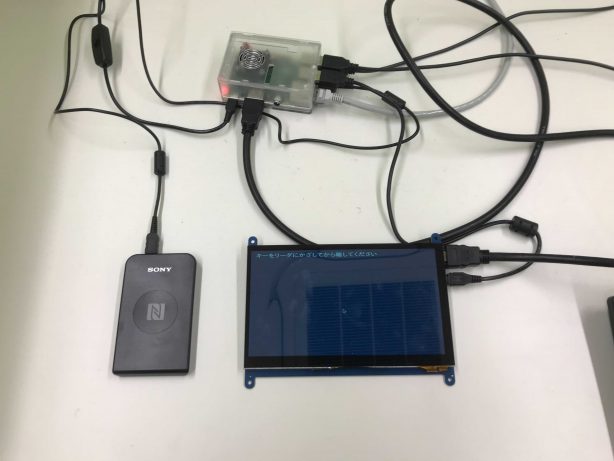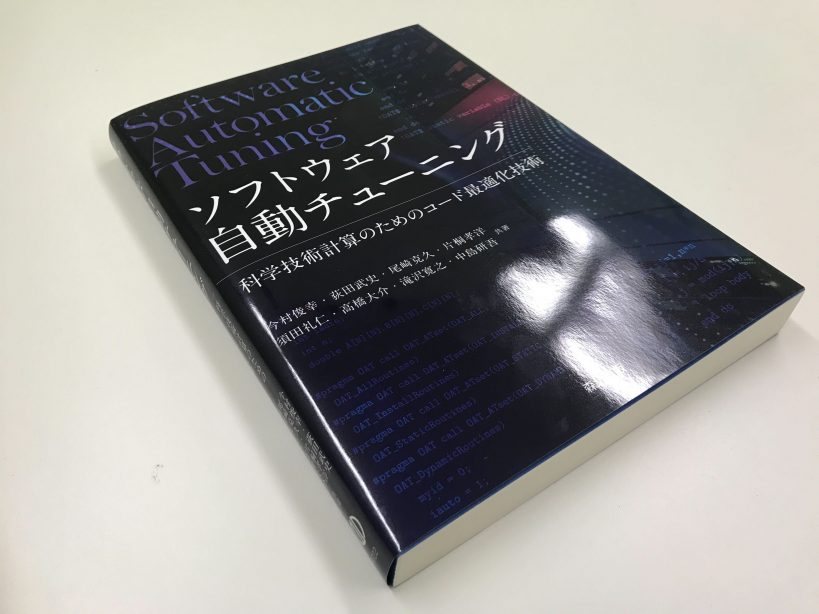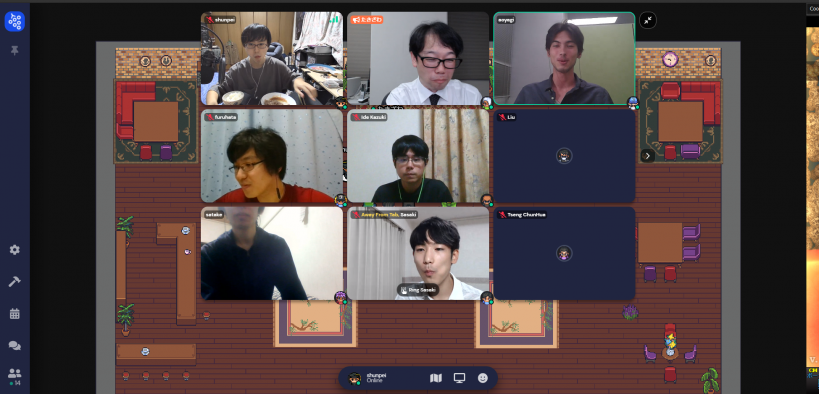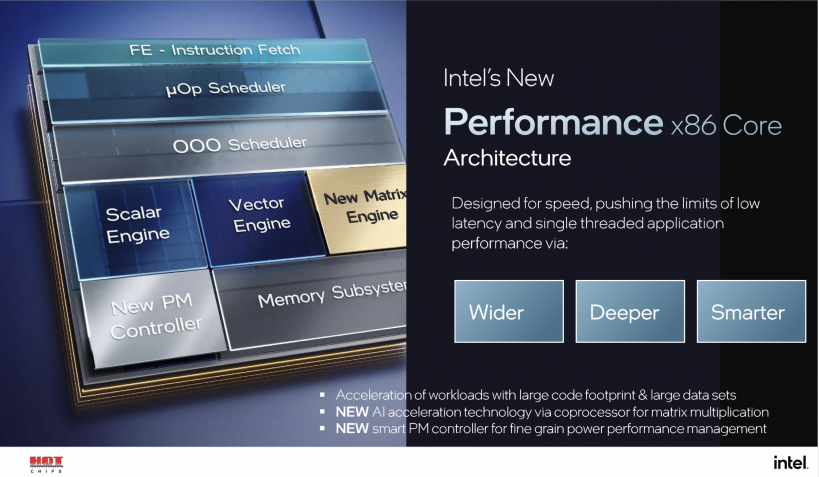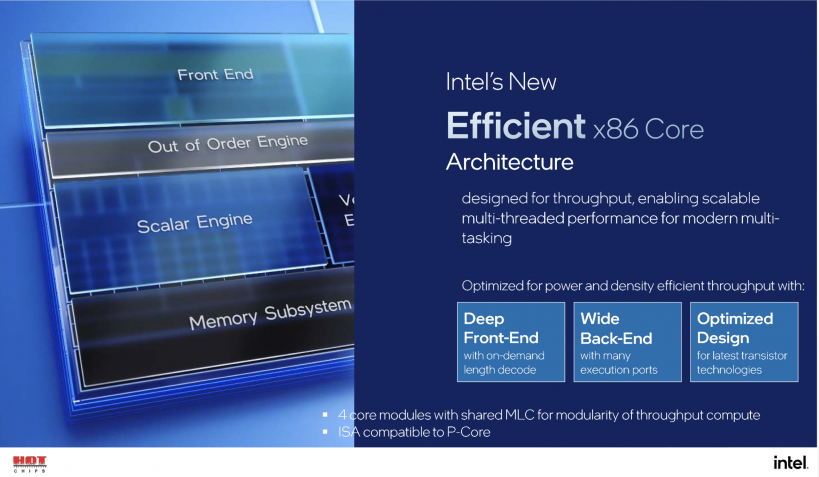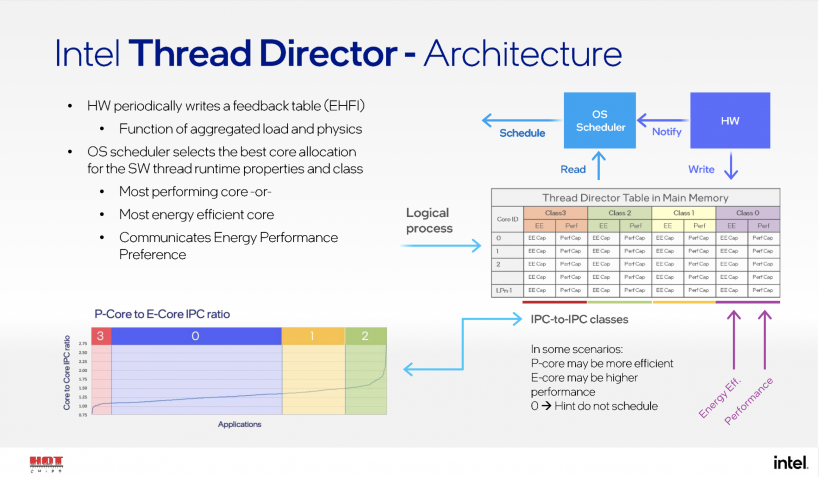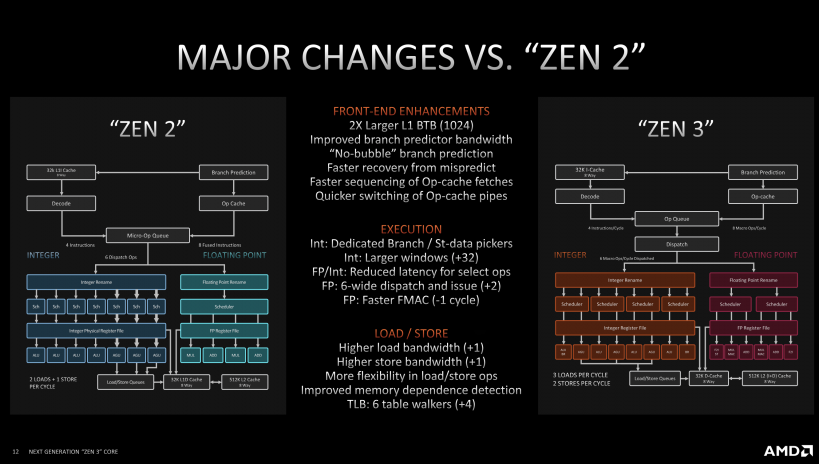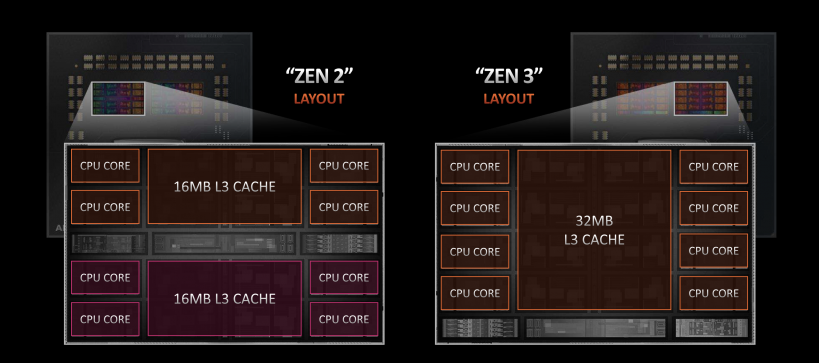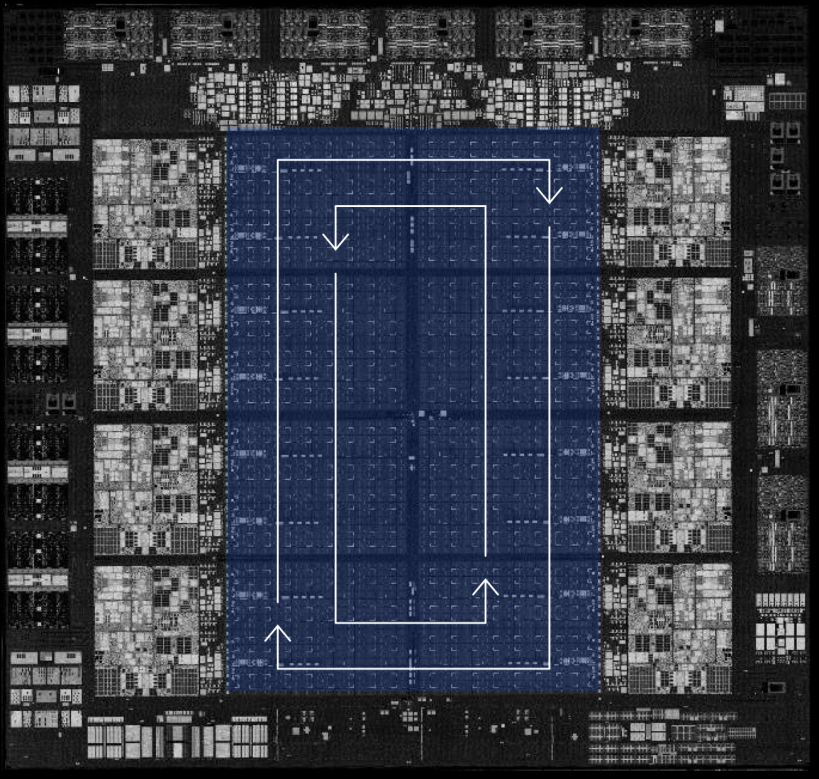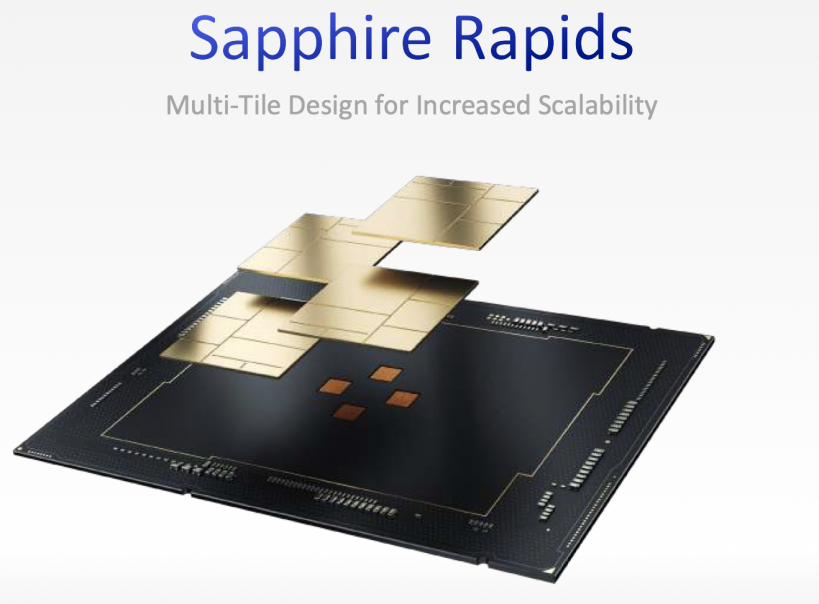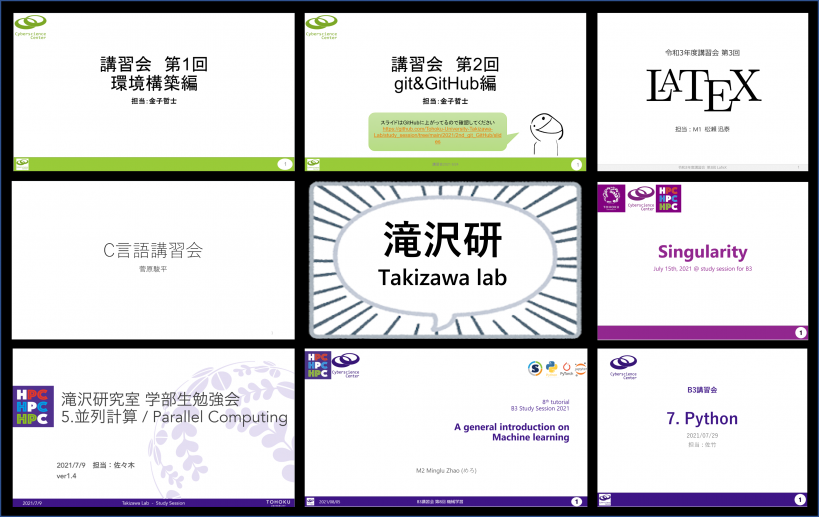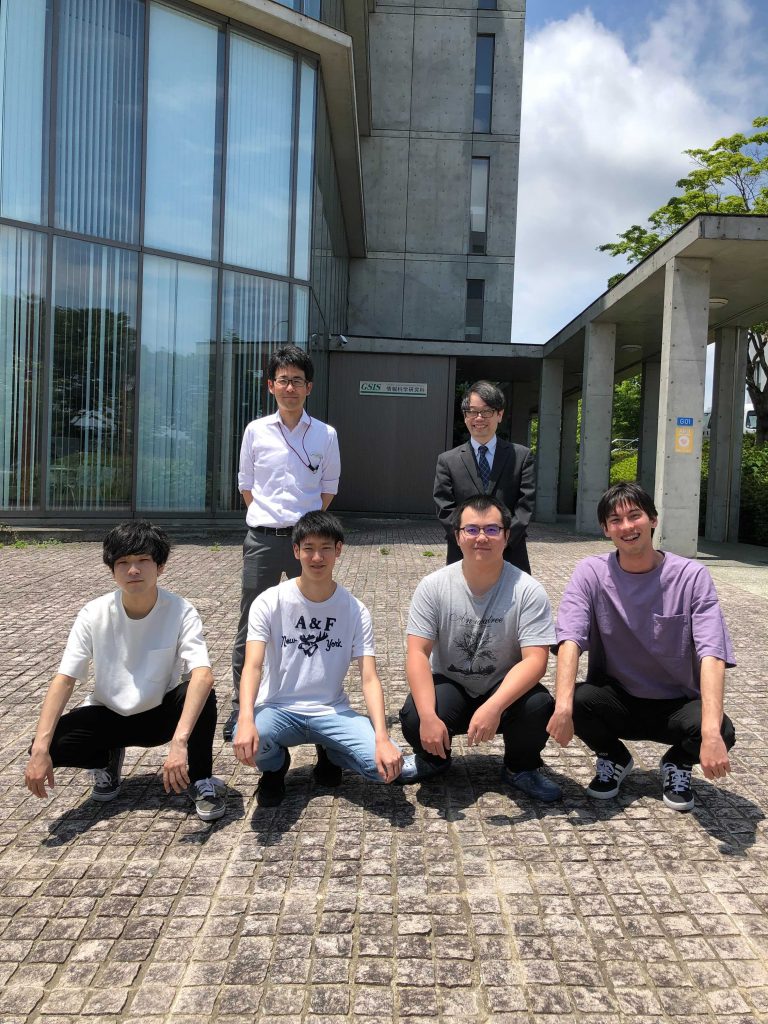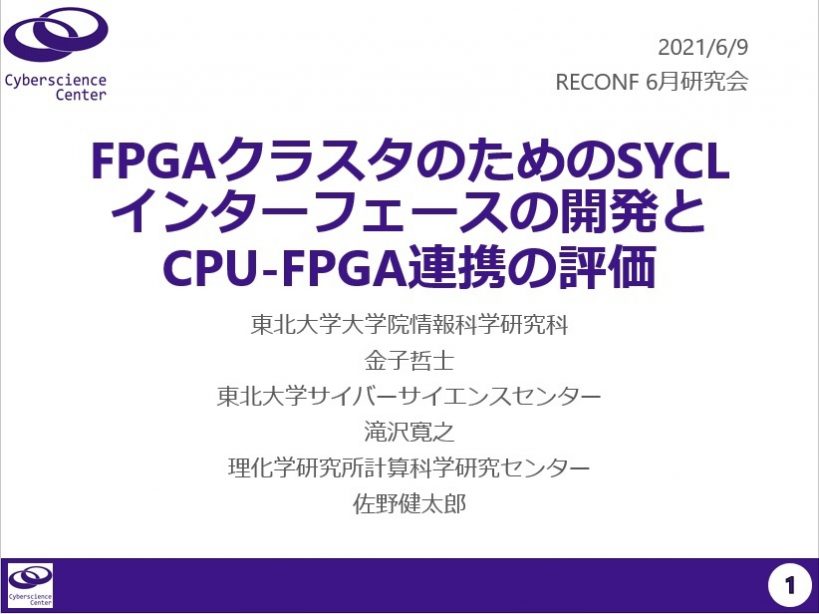The International Conference for High-Performance Computing, Networking, Storage, and Analysis (SC21) was held from Nov. 14th to 19th this year.
Similar to last year, Tohoku University had a booth page including posters and videos about our research.
The detailed booth information is shown here.
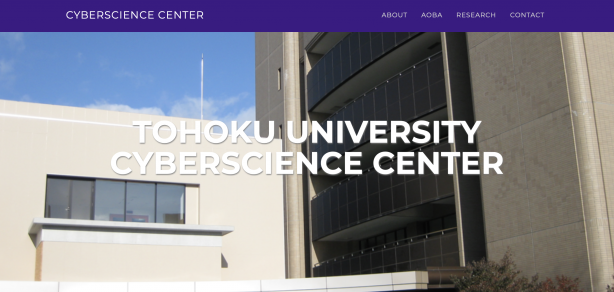
Although there is no presentation made by lab members this year, students in our lab still actively attended the conference and shared interesting topics or presentations in the lab seminar.
| Interesting Topics |
| A high-performance tensor-based simulator for random quantum circuits [1] |
| An extension of the Message Passing Interface to enable high-performance implementations of distributed quantum algorithms [2] |
|
A unified programming model for constraint satisfaction problems that can be mapped to both quantum circuit and annealing devices through QUBOs [3] |
| A scalable performance prediction toolkit for GPUs [4] |
| In-depth analyses of unified virtual memory system for GPU accelerated computing [5] |
Hope that in the future, there will be opportunities for our lab members to present research at such top-level conferences.
Reference
- Liu, Yong, et al. “Closing the” quantum supremacy” gap: achieving real-time simulation of a random quantum circuit using a new Sunway supercomputer.” Proceedings of the International Conference for High Performance Computing, Networking, Storage and Analysis. 2021.
- Häner, Thomas, et al. “Distributed Quantum Computing with QMPI.” arXiv preprint arXiv:2105.01109 (2021).
- Wilson, Ellis, Frank Mueller, and Scott Pakin. “Mapping Constraint Problems onto Quantum Gate and Annealing Devices.”
- Arafa, Yehia, et al. “Hybrid, scalable, trace-driven performance modeling of GPGPUs.” Proceedings of the International Conference for High Performance Computing, Networking, Storage and Analysis. 2021.
- Allen, Tyler, and Rong Ge. “In-depth analyses of unified virtual memory system for GPU accelerated computing.” Proceedings of the International Conference for High Performance Computing, Networking, Storage and Analysis. 2021.

